Top Things to Know Before Buying Indoor Creeper Plants
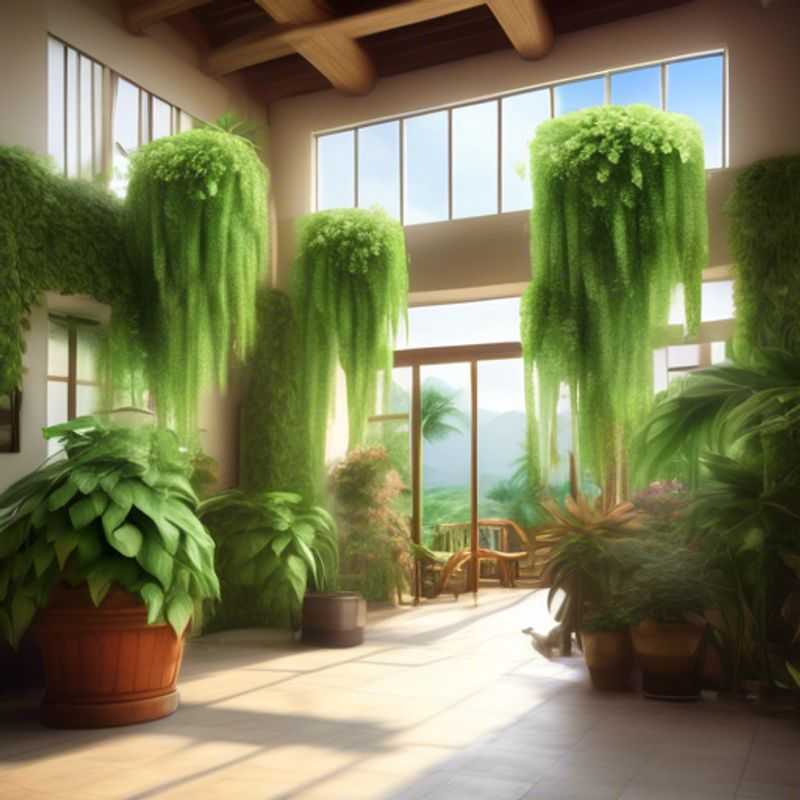
Top Things to Know Before Buying Indoor Creeper Plants: 7 Essential Tips for Success
Bringing a touch of the outdoors in is a fantastic way to brighten up your home, and indoor creeper plants are a great choice for adding a touch of greenery and life. But before you head to the nursery, there are a few key things to keep in mind to ensure your new vine thrives.
First, you'll want to make sure the creeper you choose is actually suitable for indoor conditions.
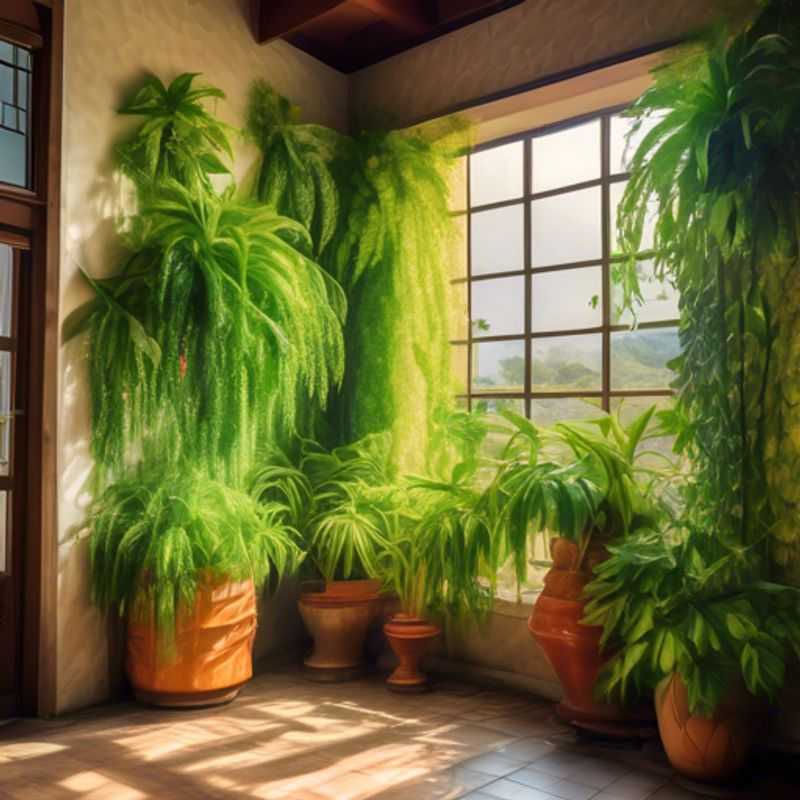
Is That Creeper Indoor-Friendly? A Guide to Choosing the Right Plant
Before bringing a creeper plant indoors, it's vital to ensure its suitability for indoor conditions. Not all creeper plants thrive in the confines of a home. Consider the following factors:
Light Requirements: Many creeper plants need bright, indirect light to thrive. If your home doesn't offer such conditions, choose a creeper plant that tolerates lower light levels.
Humidity: Creepers often prefer a humid environment. You might need to provide extra humidity, such as by using a humidifier or placing a tray of water near the plant.
Temperature: Creepers are generally happiest in moderate temperatures. Avoid placing them near drafty windows or heat sources.
Space: Creepers can grow quite large, so ensure you have sufficient space for them to climb and spread.
Toxicity: If you have pets or children, ensure the creeper plant you choose is not toxic. Some common creeper plants like pothos are safe, but others like ivy can be toxic.
Pest and Disease Susceptibility: Creepers can be susceptible to certain pests and diseases. Choose a variety known for its resistance to common indoor problems.
By considering these factors, you can select a creeper plant that will thrive in your home and bring you years of enjoyment.
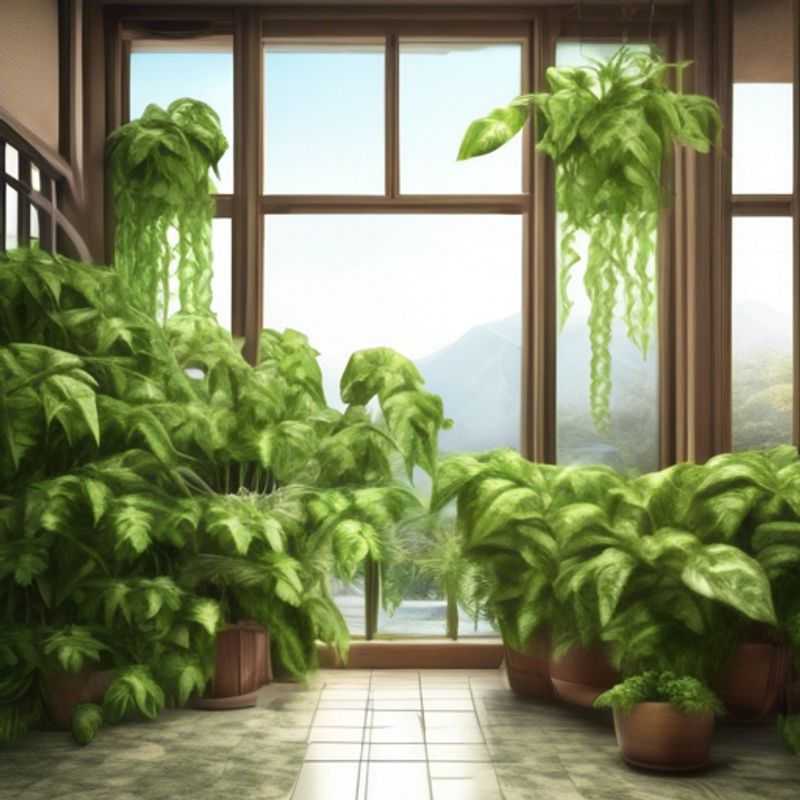
Illuminating Your Workspace: The Importance of Good Lighting
Good lighting is essential for a productive and comfortable workspace. Whether you're working at home or in an office, it's crucial to have enough light to see clearly and avoid eye strain. This guide will help you understand the importance of lighting and how to achieve the right balance for your workspace.
Natural light is the best source of light. It's free, provides full-spectrum light, and can boost your mood and productivity. However, relying solely on natural light can be problematic. If you work in an area with limited natural light, you'll need to supplement with artificial light.
Artificial light is essential for evening and night work. The key is to choose the right type of light bulb. LED bulbs are highly energy-efficient and have a long lifespan. Fluorescent bulbs are also good choices, but they can sometimes emit a harsh, bluish light. Incandescent bulbs are less efficient but can provide a warm, inviting glow.
When setting up your workspace, consider the following:
- Place your desk near a window to take advantage of natural light.
- Use lamps with adjustable brightness to control the amount of light.
- Avoid glare by positioning your desk so that the light source is behind you or to the side.
- Minimize shadows by using multiple light sources.
The ideal lighting level for your workspace can vary depending on the type of work you do. If you work with screens for long periods, it's best to keep the light level moderate. If you're working on detailed tasks, you'll need brighter light. It's important to adjust the lighting level to your needs and preferences.
Investing in good lighting is an investment in your well-being and productivity. By creating a well-lit workspace, you'll be able to work more effectively and comfortably.
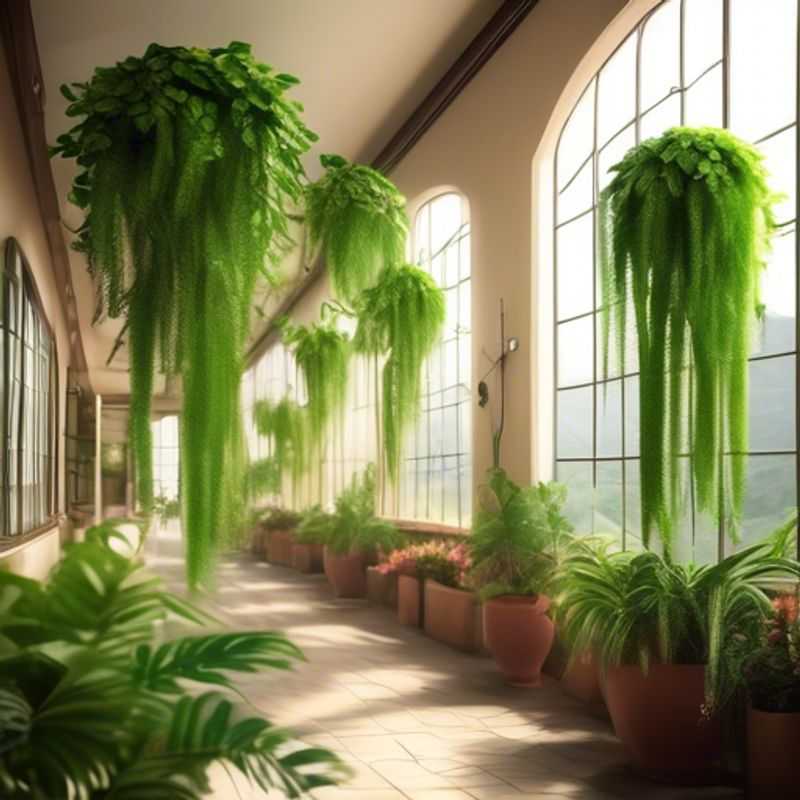
Choose the Right Container: Drainage is Key to Healthy Plants
Choosing the right container with proper drainage is crucial for plant health, especially preventing root rot. Root rot occurs when roots are constantly sitting in water, leading to decay and ultimately plant death.
Here's what to look for when choosing a container:
Drainage holes: Ensure the container has multiple drainage holes at the bottom to allow excess water to escape.
Material: While any material can work, terracotta pots tend to dry out faster than plastic, which can be helpful in preventing overwatering.
Size: Select a container that's the appropriate size for your plant. Oversized pots can lead to excess water retention. Small pots can restrict root growth and lead to quicker drying.
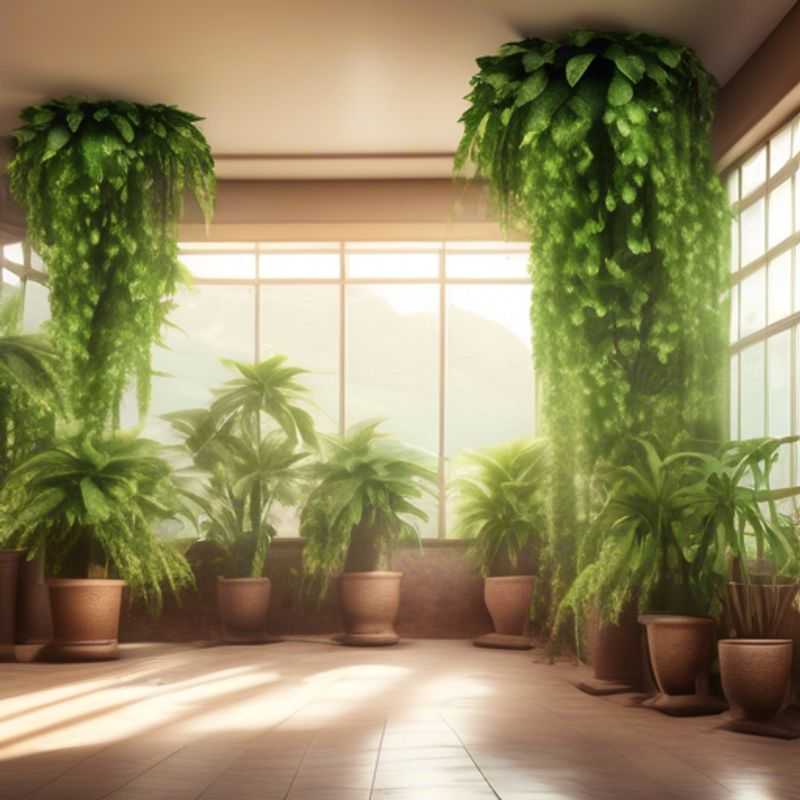
The Importance of a Well-Draining Potting Mix for Indoor Plants
Using a well-draining potting mix is crucial for the health of your indoor plants. These mixes are specifically designed to allow excess water to drain away quickly, preventing root rot and other problems. Look for mixes labeled "indoor plant" or "cactus/succulent mix". These mixes typically contain a combination of ingredients like peat moss, perlite, vermiculite, and bark, which provide good aeration and drainage.
Avoid using garden soil for indoor plants, as it often holds too much water. This can lead to root problems and make your plants susceptible to disease.
Remember, the right potting mix can make a big difference in the success of your indoor plants. It's a small investment that can pay off big time in terms of healthy, thriving plants.
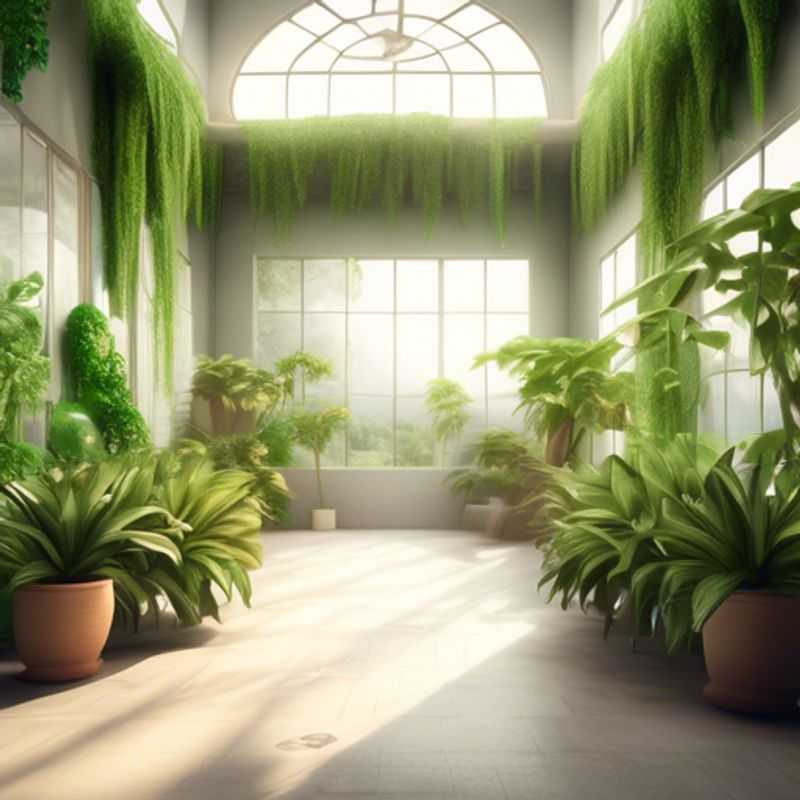
The Golden Rule of Watering: Regularity Without Overdoing It
Watering your plants regularly is crucial for their health, but overwatering can be just as detrimental. The key is to find the right balance and understand your plant's specific needs. Here's a simple guide to help you avoid overwatering:
1. Check the Soil: Before watering, stick your finger about an inch deep into the soil. If it feels dry, it's time to water. If it's still moist, wait a bit longer.
2. Drainage is Key: Ensure your plant's pot has drainage holes to allow excess water to escape. This prevents the soil from becoming waterlogged, which can suffocate roots.
3. Watering Technique: Water deeply, allowing the water to penetrate the entire root system. Then, let the excess water drain out. Avoid shallow, frequent watering, as this can lead to root rot.
4. Know Your Plant: Different plants have different watering needs. Research your specific plant to determine how often and how much water it requires.
5. Signs of Overwatering: If you notice yellowing leaves, wilting, or a foul odor from the soil, it's likely you're overwatering. Allow the soil to dry out completely before watering again.
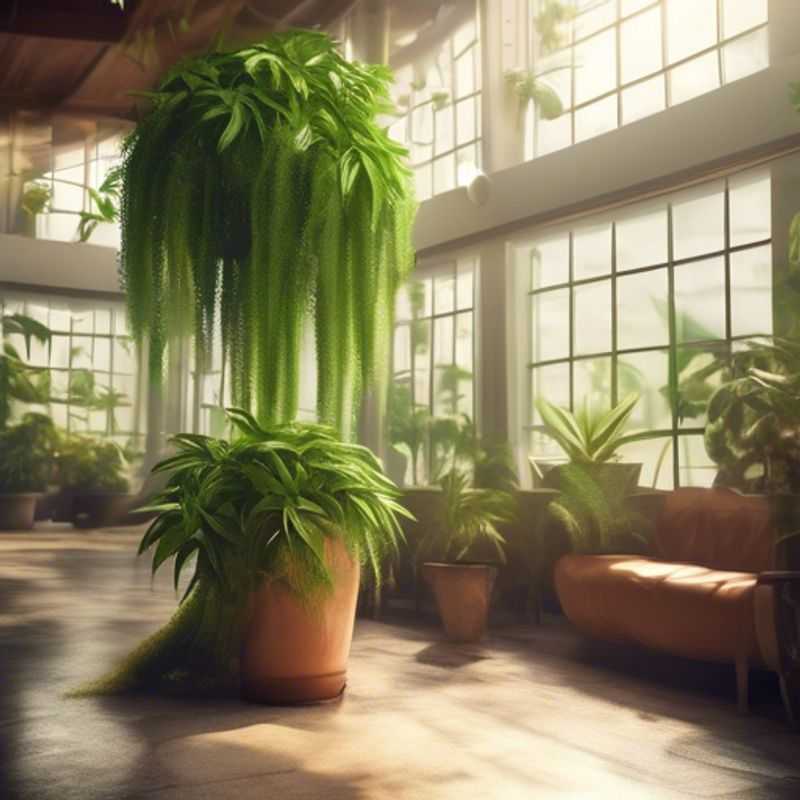
Pruning and Training Vines: Shaping Your Garden's Bounty
Pruning and training grapevines are essential for maximizing yield and fruit quality. It involves removing excess growth, directing the vine's energy to the desired areas, and ensuring proper sunlight penetration. This process helps to maintain healthy growth, improve airflow, and reduce disease risk.
Pruning is best done during the dormant season, typically in late winter or early spring before bud break. The pruning method depends on the grape variety and the training system used. Common methods include:
- Cane pruning - removing old canes and leaving new ones for fruiting.
- Spur pruning - cutting back canes to a few buds.
- Shoot thinning - removing excess shoots during the growing season to improve airflow and light penetration.
Training involves guiding the vines to grow in a specific way, often onto trellises or other structures. This maximizes exposure to sunlight, facilitates harvesting, and improves fruit quality. Popular training systems include:
- VSP (Vertical Shoot Positioning) - vines are trained vertically on a single wire.
- Geneva Double Curtain - vines are trained on two wires, forming a curtain-like structure.
- Lyre - vines are trained to resemble a lyre, with canes tied to a central stake.
Proper pruning and training require careful planning and understanding of the grape variety and the desired growth habit. Consulting with experienced vine growers or local agricultural experts is highly recommended. Regular maintenance throughout the growing season is crucial to maintain the vine's shape and ensure optimal growth and fruit production. This may include tying up vines, removing suckers, and monitoring for pests and diseases.
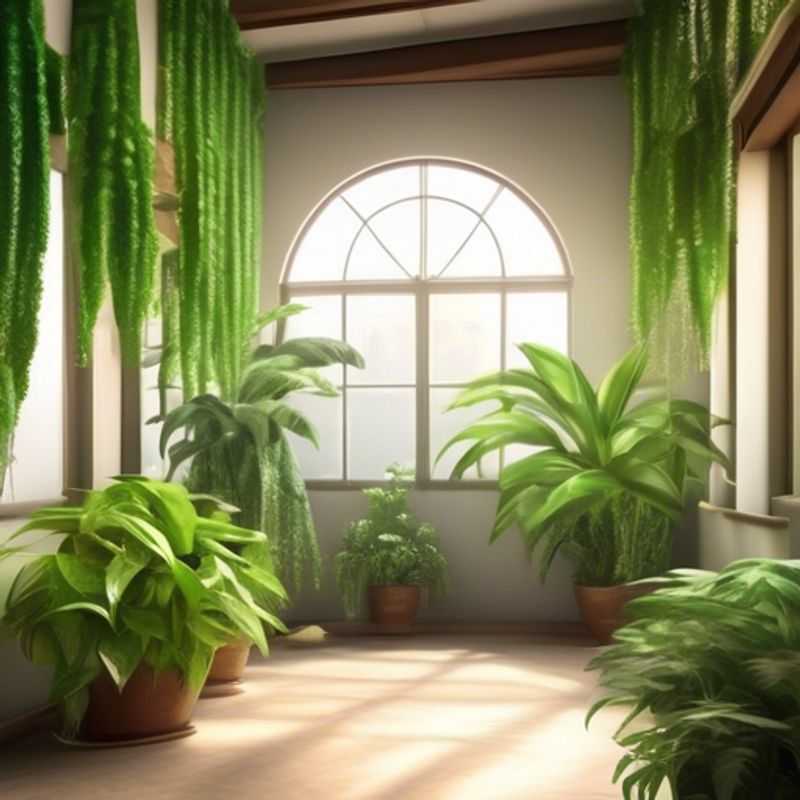
Boost Your Plant's Health: Fertilizing During the Growing Season
Boosting your plant's growth and overall health during the growing season is a breeze with a little fertilization. Just like humans, plants need nutrients to thrive! Fertilizers provide the essential elements like nitrogen, phosphorus, and potassium. The best time to fertilize is during the active growth period, which varies depending on your plant's type and your climate. Always check the specific instructions on your fertilizer product, as different formulations require different application methods and frequencies. You can choose from granular fertilizers, liquid fertilizers, or even homemade compost tea.
Keep an eye out for signs your plant might need a boost! This could include pale leaves, stunted growth, or a lack of flowers. If you observe these signs, consider adding a bit more fertilizer to support your plant's vigor. However, over-fertilizing can be detrimental, so always err on the side of caution. It's generally better to fertilize a little less than too much. Happy gardening!
